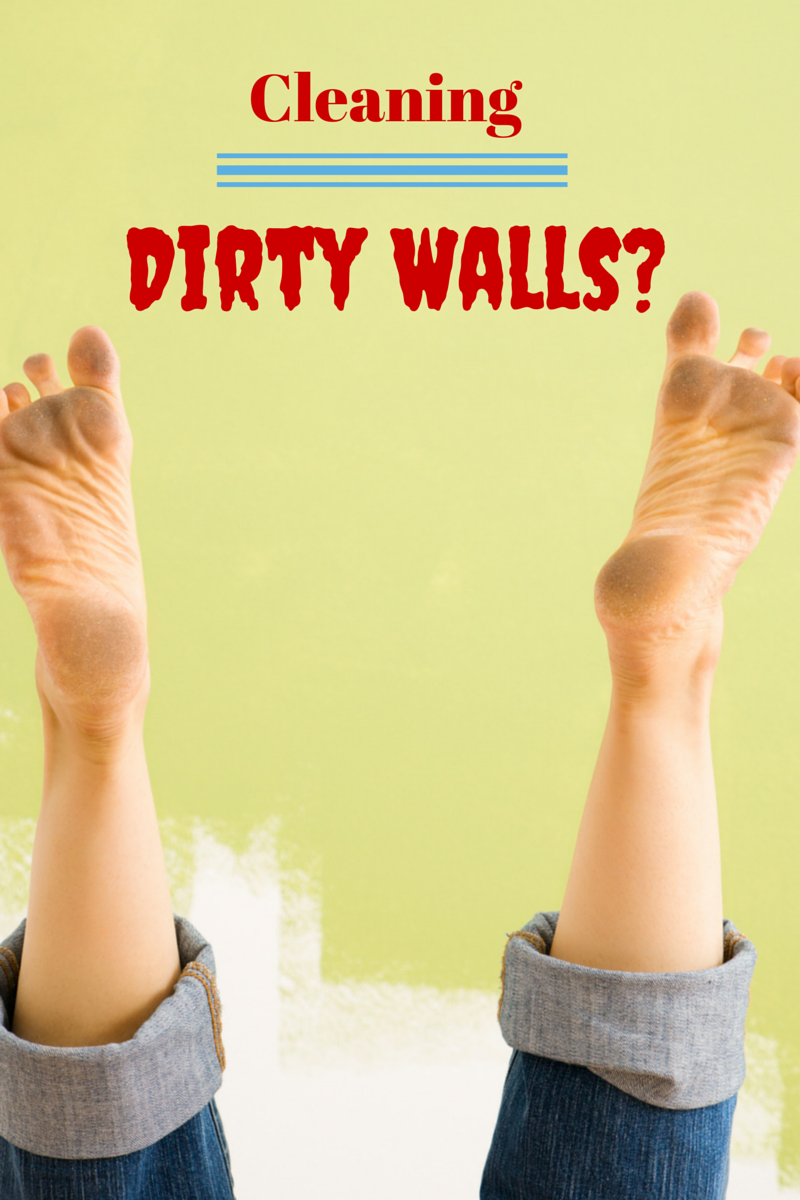When it comes to residential painting, fingerprints, stains, dirt, grime, and dust are just a few factors that can make painted walls look unsightly. But as surprising as it may sound, cleaning up a painted wall is easier than many people think. Here are a few suggestions to help you make your walls look like new again.

- Consider the paint finish: Since not all wall paints have identical properties, assessing what type of finish you have is critical to choose the most appropriate cleaning method. While latex paint along with gloss, semi-gloss, satin, and eggshell finishes are designed to withstand washing, abrasive cleaning, and light scrubbing, matte paint is more difficult to clean. TIP: when washing walls, start at the base and move up gradually to avoid drip marks; don’t use too much force or a harsh cleaner, as it may damage the paint.
- Dust walls regularly: Regardless of the type of paint on your walls, regular dusting is required to keep your walls looking fresh. The easiest way to get rid of dust is to use a soft broom or brush, or to tie a microfiber cleaning cloth around a long-handled sweeper and run it over your walls. TIP: to preserve the quality of your residential painting job, avoid using brooms or brushes with strong bristles, as they may scratch against walls and damage the paint.
- Wipe away stains and fingerprints: Before attempting to clean stains and fingerprints, make sure that you choose the right cleaning solution. Most marks can be cleaned with warm, soapy water. You can also use one cup of ammonia combined with a half of a cup of vinegar and a quarter of a cup of baking soda to one gallon of warm water, or a paste of baking soda and warm water. TIP: always clean stains and fingerprints as soon as possible; avoid using products that contain alcohol because this compound can break down paint, leaving marks on your walls.
- Choose the right cleaning method: To prolong the life of a commercial painting job, begin by wiping stains and fingerprints gently with a soft cloth dampened with a mild soap solution. When rubbing persistent marks, use a gentle, circular motion. If stains and fingerprints are still visible after washing the wall, try to scrub harder. TIP: always spot-test the cleaning product and method you intend to use on an inconspicuous area of the wall to ensure that it won’t affect the paint.
- Try special products: For hard-to-remove stains, such as greasy fingerprints, you may want to opt for specialty products like Siege Premium Kitchen Degreaser and Mr. Clean Magic Eraser. TIP: you can also use a commercial water-activated micro-scrubber to wipe off persistent dirt.
- Rinse clean: Gently and lightly rinse off the cleaner with water and then dry your walls with a soft towel. TIP: you don’t need to rinse you walls if you use a solution of vinegar, baking soda, and water.
For the best results, wash an entire wall in a single session, side to side and bottom to top, using the same solution. If you wash just an area of a wall, wash marks are very likely to occur after the wall dries out.
Although the surest way to restore a residential painting job to a perfect state is to apply a fresh coat of paint, we hope that the aforementioned tips will help you keep your painted walls clean and gleaming for years to come.






